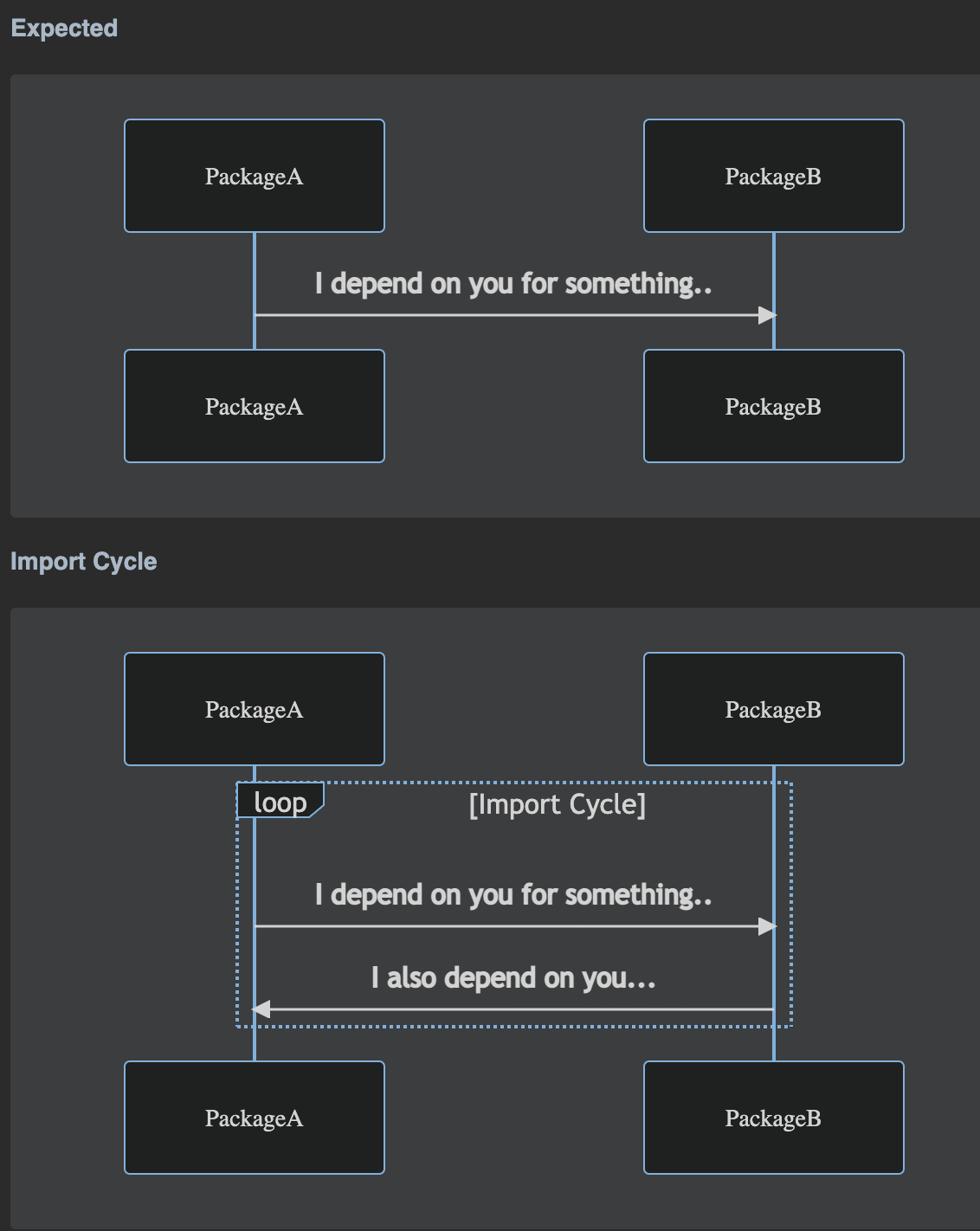So I have this import cycle which I'm trying to solve. I have this following pattern:
view/
- view.go
action/
- action.go
- register.go
And the general idea is that actions are performed on a view, and are executed by the view:
// view.go
type View struct {
Name string
}
// action.go
func ChangeName(v *view.View) {
v.Name = "new name"
}
// register.go
const Register = map[string]func(v *view.View) {
"ChangeName": ChangeName,
}
And then in view.go we invoke this:
func (v *View) doThings() {
if action, exists := action.Register["ChangeName"]; exists {
action(v)
}
}
But this causes a cycle because View depends on the Action package, and vice versa. How can I solve this cycle? Is there a different way to approach this?

